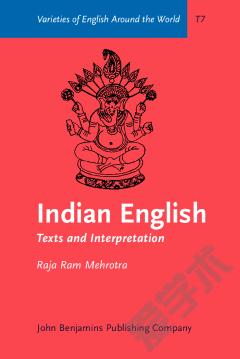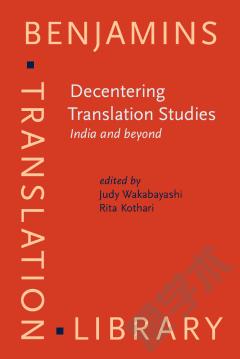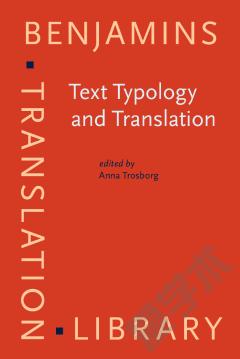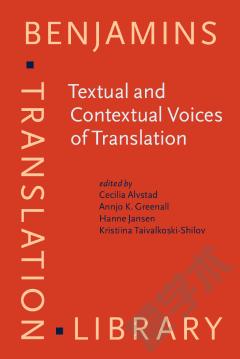Indian English. Texts and Interpretation.
Indian English, or rather, the forms of English used in India, have long been a topic of interest for laymen and scholars. For generations, the âexoticâ nature of the transplanted language was commented on, often ridiculed as a matter of unintentional comic. It was only from the 1960s onwards that the local forms of English were recognized for what they are â adaptations of the world language to local needs, and varying to an enormous degree, depending on the speakersâ (and writersâ) education and the uses they make of the language. This acknowledgement came mainly from abroad (and still does); Indians are much less willing to admit to the variation and its communicative functions in the country. Therefore, standard English (if possible in its classical British form) is generally favoured, together with formal written uses often based on the stylistic models provided by English literature from Shakespeare to Dickens. R.R. Mehrotra was one of the first to see the need for a proper sociolinguistic description of the Indian situation, and the forms and functions of English in this complex set-up. He has for a long time collected and analysed the huge range of English around him, with the aim of publishing a collection of texts that reflects the variation within the country along various dimensions, historical, regional, ethnic, social and stylistic. The present collection of texts is typical in many ways, evoking in the content, style and grammatical forms the contexts in which English functions; notes help to put the excerpts into the proper frame to make them intelligible to outsiders.
{{comment.content}}








 京公网安备 11010802027623号
京公网安备 11010802027623号